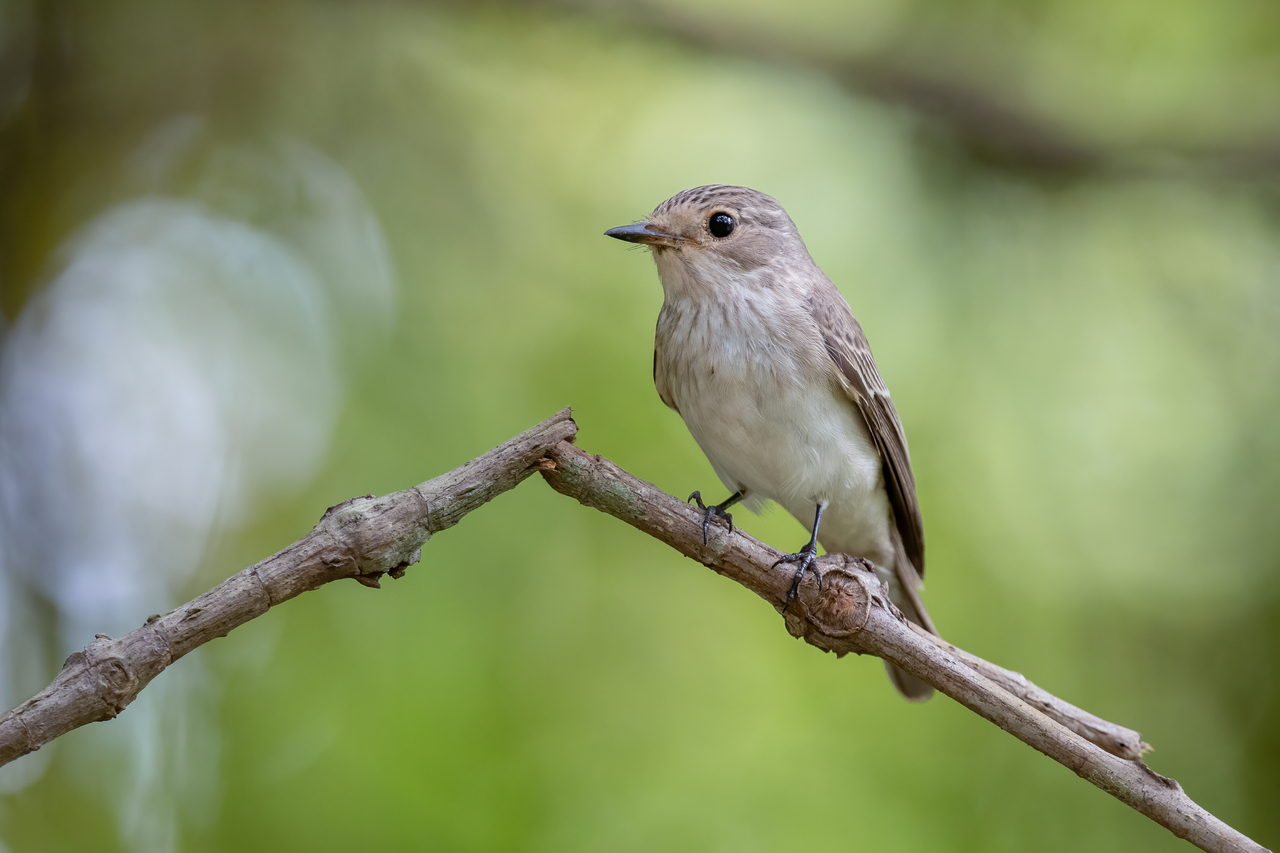New online database details rare bird species in Singapore
Sign up now: Get ST's newsletters delivered to your inbox

The spotted flycatcher, a migratory bird, was spotted in Singapore on Oct 15, 2021.
PHOTO: ADRIAN SILAS TAY
Follow topic:
SINGAPORE - How many times has a rare bird been seen in Singapore and in which parts of the Republic?
Answering such questions could help to establish population trends in rarely encountered birds and over time, it could indicate if a bird's numbers are falling and if greater conservation action is warranted.
It would also allow scientists to track the movements of a migratory bird across its range, yielding information on what habitats might be important for them.
But data collection can be labour-intensive, requiring eyes and ears to observe the birds.
As bird-watching takes flight in Singapore, a group of 17 enthusiasts wants to tap the growing network of birdwatchers here by creating an online platform that allows people to submit their sightings of these rarities.
The Singapore Birds Project last month published the first edition of its rare species database, featuring over 150 species.
A rare bird is one that has been seen three times or fewer in a year, or belongs to a species that has been recorded more often but can be challenging to identify in the field.
This can include the northern boobook, a rare migrant to Singapore, which looks similar to the common brown hawk-owl that lives here all year round.
For context, more than 400 species of birds have been recorded in Singapore.
The database lists the number of times a rare bird has been sighted, along with details of each encounter, such as date and locality.
Singapore Birds Project member Movin Nyanasengeran said: "Much of this data is dispersed across various data hosting platforms such as Biome, iNaturalist and eBird, but not all data on such platforms is verified and can comprise duplicated records."
The National University of Singapore PhD student added: "We leverage technology to create an up-to-date, reliable, comprehensive and publicly accessible database by integrating such resources."
For instance, discussions are ongoing among the project's record committee to determine if the ashy-headed pigeon - seen in Singapore for the first time on Oct 9 - should be on the list.

The ashy-headed pigeon, which was spotted in the Central Catchment Nature Reserve on Oct 9, is not known to migrate. This marks the first time this species has been seen in Singapore.
PHOTO: YIP JEN WEI
This is because the bird, which lives in the Indochinese peninsula, is not known to migrate, so its presence so far south of its usual range is highly unusual.
The bird has multi-coloured plumage and could have escaped from the pet trade instead.
The database can be accessed at this website.

